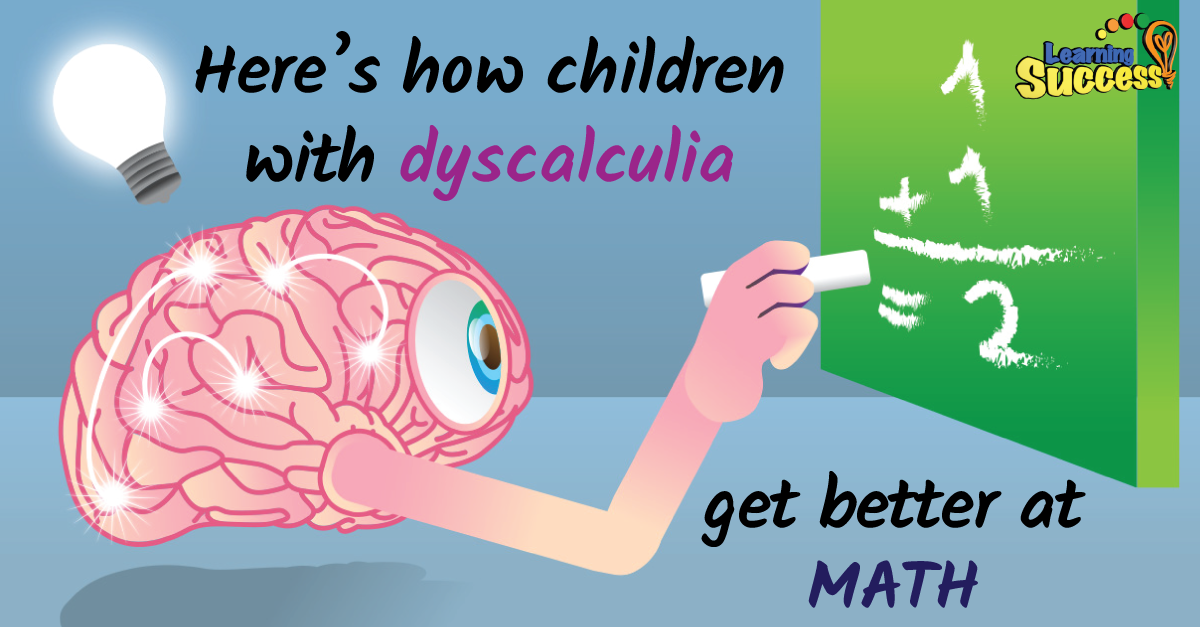
Do you remember the day your child first learned the word “more”? (Note: It was probably in the form of something along the lines of, “More cookies, please.” Minus the please.)
I'm sure you jumped up and down and did the happy dance over the enormous mathematical milestone your child just displayed, right? Right? I mean, every parent knows that the achievement of the word “more” means months and months of pure mathematical bliss.
Okay, I do understand that this word probably led to all sorts of sometimes unsatisfied demands. Sorry.
But, it does, in fact, display a very important innate mathematical ability, which the child has now discovered words to describe. In fact, researchers have shown, at as early as six months old, the child seems to have an inner sense of more and less (note, not in vocabulary or words).
For example, if a six months old baby sees three shadows of puppets behind a screen, he or she will expect to see three puppets when the screen is lifted. If, instead, there are five puppets, the baby will show surprise.
Except that some babies don't.

The stats
About 5% of the population will grow up to qualify for a “developmental dyscalculia” diagnosis. Children with developmental dyscalculia, relative to their overall intelligence, show significant delays in the area of mathematics.
Many of these children, when they were six months old, wouldn't have been surprised over seeing five puppets when they should have expected three. Maybe they didn't develop the ability to distinguish between more and less until they were a year old. Maybe they hadn't developed the ability to hold the image of three in their mind long enough to feel surprised by the discovery of five.
By the time the child gets to school, addition and subtraction don't make sense, or the numbers don't “stick” in their brain long enough to be solvable. Lengths and other measurements don't seem to correlate with quantities, and the reason 505 and 550 are not equal is not particularly apparent.
Dyscalculia (or mathematics) can feel like an insurmountable enemy to a child, who cannot make sense of math class day after day.
But, change is possible
The thing is, the brain is incredibly plastic (changeable), and where we see a weakness, we can change through practice. No diagnosis is the end of the story. In fact, when we correctly understand a dyscalculia diagnosis, we can move forward to address the areas where the child has not developed. We do this by pointing out to the child numbers everywhere and through focused brain games.
Dr Robert Needleman gives many examples of how and where parents can point out numbers and quantities in daily living, play, and physical activity, training the child to begin to see amounts and comparisons in the world.
He says: “Number sense is hardwired into the infant’s brain, but its development relies on varied experiences connecting numbers to the material world.”
At Learning Success, we would add one further recommendation to Dr Needleman's and that's that if your child is already far behind in mathematics, you begin to work with your child on the brain activities that will build up previously missed skills.
For example, pointing out numbers in the world, though it will begin to build that absolutely essential understanding of number sense, it will not yet fix the visual memory issue, which prevents a child from solving a problem.
There are specific brain exercises and games you can do with your child to begin to compensate in these areas, and we'd love to help you discover them.
Key Takeaways:
Use our simple online analysis tool can help you find what areas need strengthened
Do You Need help with a Dyscalculia Difficulty?
Our simple online analysis will help you get to the core of the problem and find the right solution for you.
Understanding how to help someone with a learning difficulty starts with understanding which micro-skills are affected. When you learn which of the micro-skills is the problem, you will then be on your way to solving it.
You'll also learn how to:
- Build confidence
- Enhance Learning ability
- Eliminate avoidance
- Build grit
You can get this analysis for free by filling out this simple form. This will help you get to the bottom of a learning difficulty and provide you with a solution. If you are ready to put this problem behind you click the button below and fill out the form.










